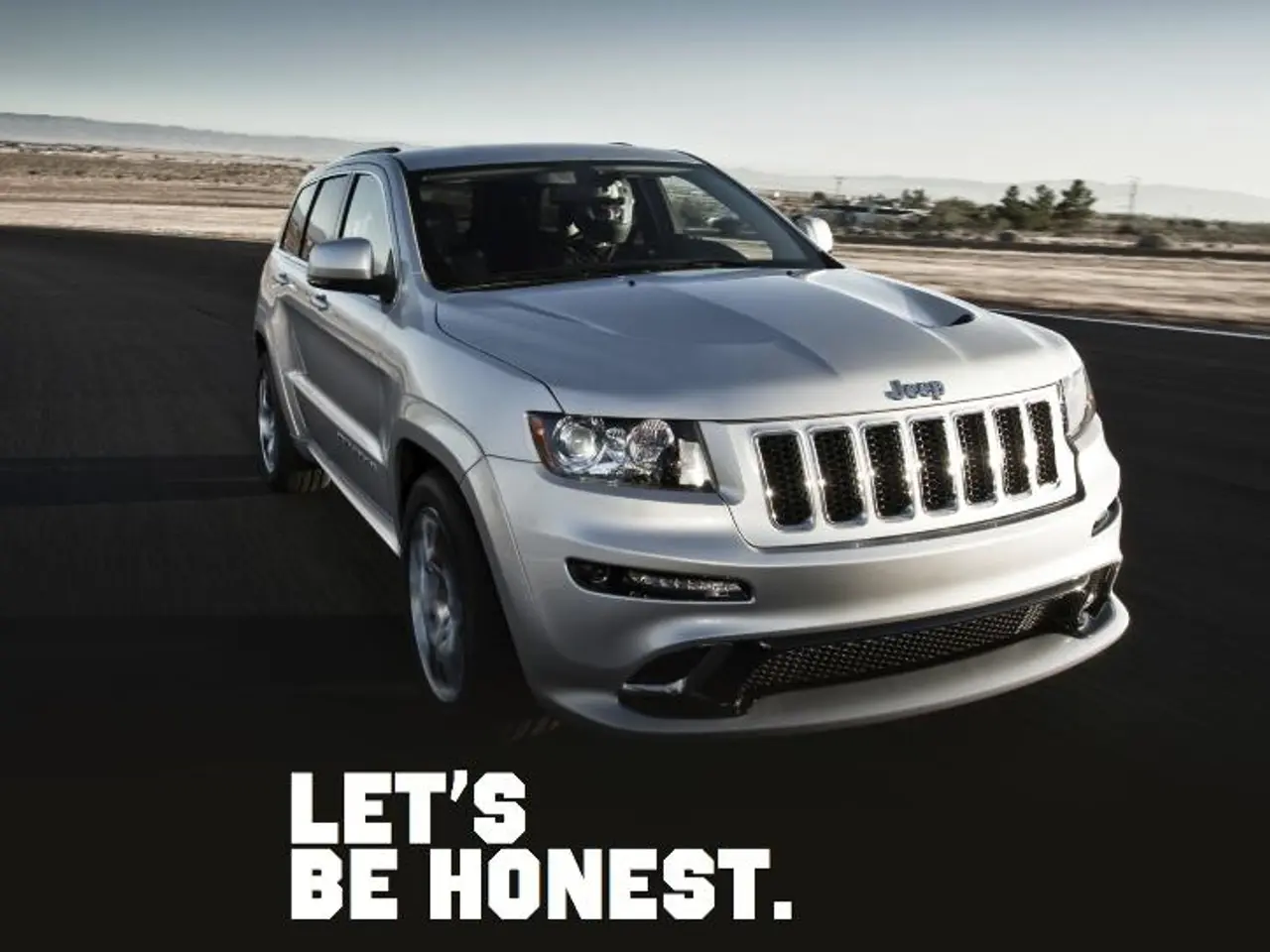Citroën and Chinese BEV Manufacturers: A Cost Comparison
Reducing Production Expenses is Prioritized, Affirms Citroën CEO
In the rapidly evolving world of battery-electric vehicles (BEVs), Citroën, part of Stellantis, is making moves to compete against Chinese manufacturers. The French automaker is producing BEV models like the ë-C3, ë-C4, ë-C5 Aircross, and ë-Berlingo, with production sites in Europe, notably Slovakia and Serbia [2][5].
These Eastern European plants are strategically positioned to balance cost competitiveness with supply chain efficiency and quality control. By leveraging skilled labor forces with relatively lower wages than in Western Europe, Citroën aims to reduce costs while maintaining proximity to key European markets [4].
On the other hand, Chinese BEV manufacturers typically benefit from significantly lower production costs. This advantage comes from very low labor costs, large, integrated domestic supply chains for batteries, electronics, and vehicle components, and economies of scale from producing large volumes rapidly [1]. Moreover, governments in China often provide substantial subsidies and incentives for BEV production and purchase, further reducing effective production costs.
A comparison of the aspects affecting production costs reveals some notable differences. Citroën's labor costs in Slovakia and Serbia are lower than those in Western Europe but higher than China. The supply chain for Citroën's BEVs relies on European suppliers, which increases costs compared to the integrated supply chains of Chinese manufacturers, particularly for battery cells [4].
In terms of production scale, Citroën caters to the European market on a moderate scale, while Chinese manufacturers produce in very large quantities. Government incentives also vary, with some support for EV sales in Europe, such as subsidies and grants, compared to the strong native support for manufacturing and sales in China [4].
This comparison highlights that the production costs for Citroën's BEVs in Slovakia and Serbia are higher than those of Chinese BEV makers, primarily due to higher labor and parts costs. Chinese manufacturers achieve lower costs through scale, domestic supply chains, and more aggressive government support.
As Thierry Koskas, CEO of Citroën, emphasizes, price is crucial for attracting consumers to switch to electric vehicles. The Citroën éC3, an entry-level BEV, is priced at €23,000 ($26,000), and the company aims to price the BEV version of the new C5 Aircross midsize SUV and potentially the upcoming full-electric version of the new Citroën vehicle competitively with Chinese electric vehicles [3].
Automation is another key factor in the car-making process, with some auto executives, including those with Mahle and Toyota, predicting fewer jobs overall due to this trend [1]. Despite these challenges, Citroën continues to strive for cost competitiveness while maintaining quality and efficiency in its BEV production.
[1] The Guardian [2] UK Government [3] Reuters [4] Bloomberg [5] Autocar
- To maintain a competitive edge in the battery-electric vehicle (BEV) industry, Citroën is exploring technological advancements and automated production processes, emulating trends observed in the automotive sector.
2.chten-electric vehicles (EVs) are significantly impacting the financial landscape of the transportation industry, with Chinese manufacturers leveraging their integrative domestic supply chains and economies of scale to keep costs low.
3.As competition in the EV market intensifies, new finance and spend management strategies are essential for automakers like Citroën, enabling them to price their vehicles competitively while focusing on quality technology and innovation.




